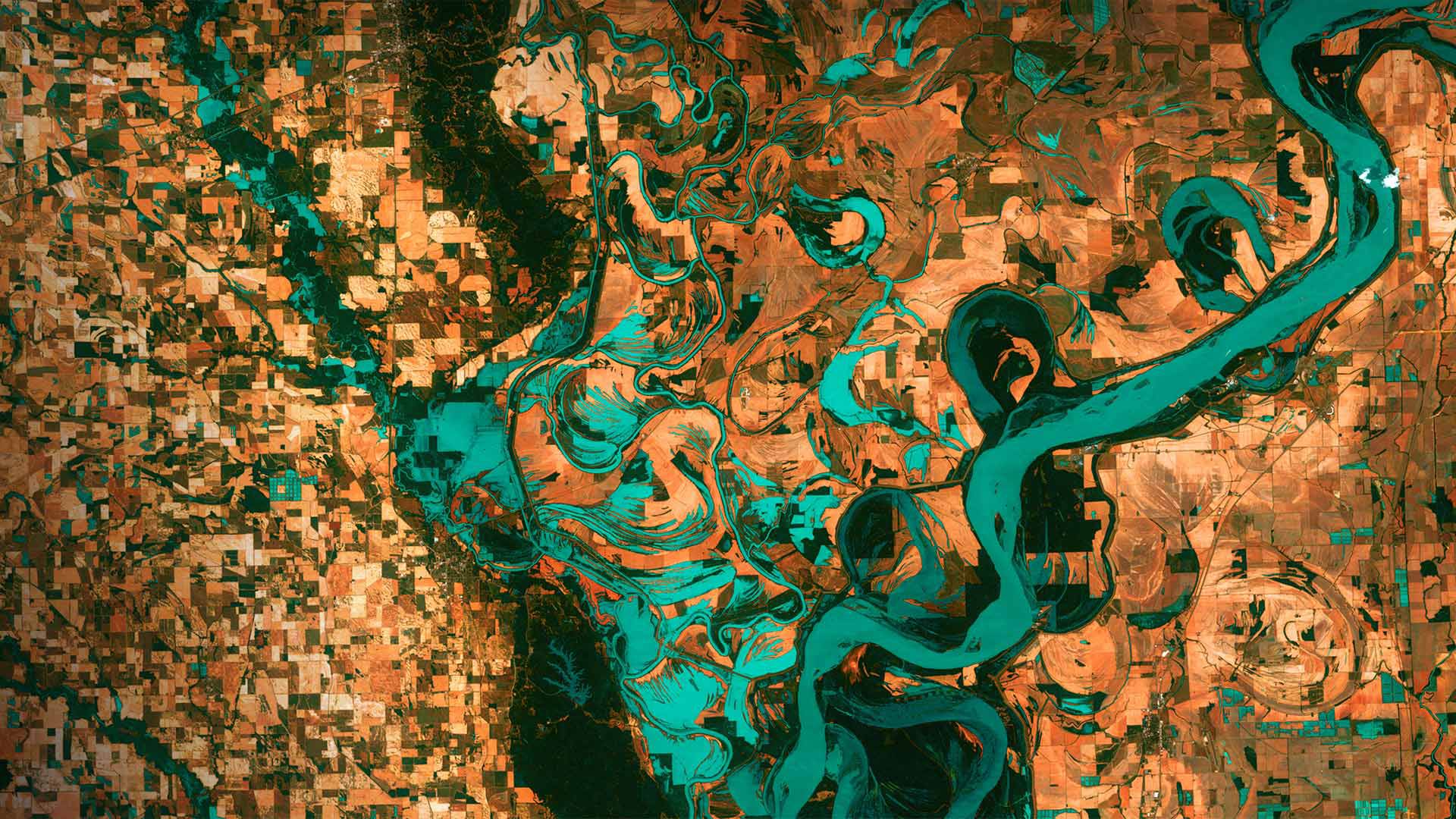Meteo technology, also known as meteorological technology, is the field of science that focuses on the study and prediction of weather patterns and phenomena. This technology has seen significant advancements in recent years, leading to more accurate weather monitoring and prediction.
One of the key advancements in meteo technology is the use of advanced weather monitoring equipment, such as satellite-based remote sensing systems and ground-based weather stations. These modern monitoring tools are able to provide real-time data on a wide range of meteorological parameters, including temperature, humidity, wind speed and direction, and precipitation. This data is then used to create computer models that can predict weather patterns and trends with increased accuracy.
Another important development in meteo technology is the use of high-performance computing systems to process and analyze large amounts of weather data. These supercomputers are able to run complex numerical weather prediction models, which take into account the interactions between various atmospheric variables to produce more accurate and detailed weather forecasts. This has led to improved understanding of the complex processes that govern weather patterns, and has allowed meteorologists to make more precise predictions of weather events such as hurricanes, tornadoes, and heavy rainfall.
In addition to advancements in monitoring and prediction technology, meteo technology has also seen progress in the field of weather communication and dissemination. With the widespread use of the internet and mobile technology, weather information can now be easily accessed by the public in real-time, allowing individuals and communities to make informed decisions about weather-related risks and hazards. Furthermore, advances in weather communication have also enabled the development of early warning systems for severe weather events, which can save lives and reduce the impact of natural disasters.
Overall, the advancements in meteo technology have significantly improved our ability to monitor and predict weather patterns, leading to more accurate and timely weather forecasts. This has important implications for a wide range of industries, including agriculture, transportation, and disaster management, as well as for individual and community safety. As technology continues to advance, we can expect further improvements in weather monitoring and prediction, ultimately leading to a more resilient and prepared society in the face of changing weather patterns and extreme weather events.






